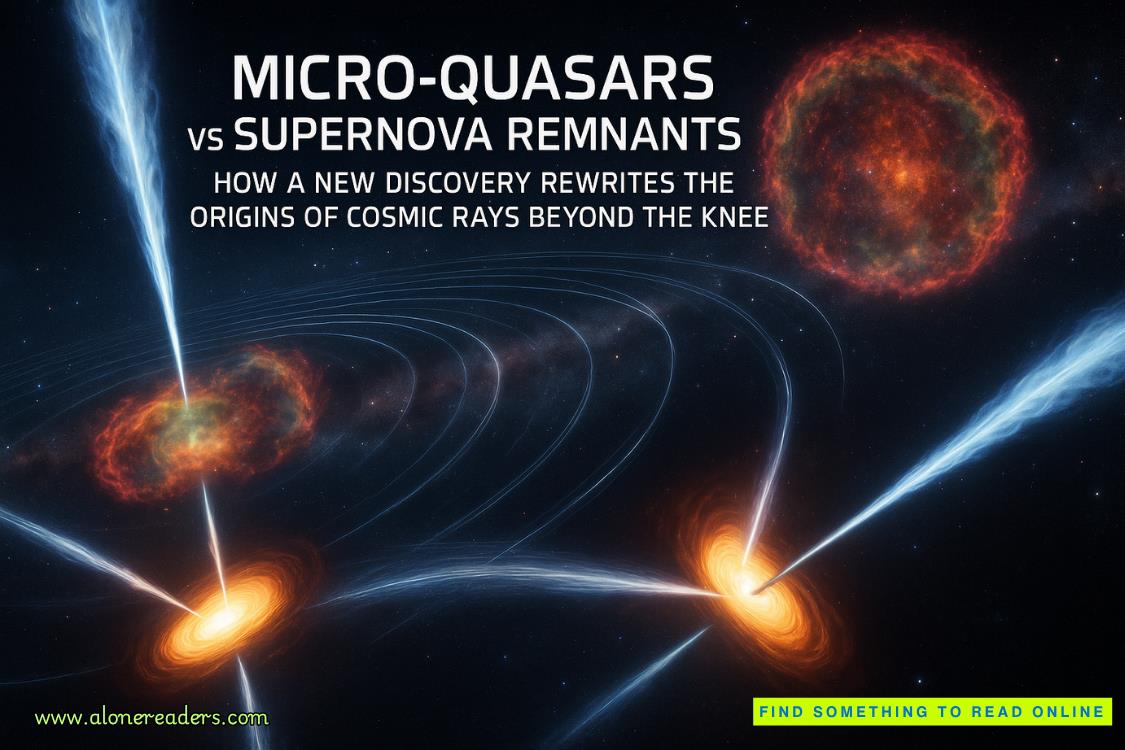Page 113 of Inca Gold (Dirk Pitt 12)
"Except for Dirk's snoring, it was marvelous," said Loren.
Pitt looked at her indignantly. "I don't snore."
She rolled her eyes toward the heavens. "I have tendonitis in my elbow from poking you."
"What do you think of our work platform?" asked Giordino, gesturing grandly at the ferryboat. "Built in 1923. She was one of the last walking beam steamboats to be built."
Pitt lifted his sunglasses and studied the antique vessel.
When seen from a distance most ships tend to look smaller than they actually are. Only up close do they appear huge. This was true of the passenger/car ferries of the first half of the century. In her heyday the 70-meter (230-foot) vessel could carry five hundred passengers and sixty automobiles. The long black hull was topped with a two-story white superstructure whose upper deck mounted one large smokestack and two pilothouses, one on each end. Like most car ferries, she could be loaded and off-loaded from either bow or stern, depending on the direction the ferry was steaming at the time. Even when new, she would never have been called glamorous, but she had supplied an important and unforgettable service in the lives of millions of her former passengers.
The name painted across the center of the superstructure that housed the paddlewheels identified her as the Alhambra.
"Where did you steal that derelict?" asked Pitt. "From a maritime museum?"
"To know her is to love her," said Giordino without feeling.
"She was the only vessel I could find quickly that could land a helicopter," Gunn explained. "Besides, I kept Sandecker happy by obtaining her on the cheap."
Loren smiled. "At least this is one relic you can't get in your transportation collection."
Pitt pointed to the walking beam mounted above the high A-frame that tilted up and down, one end driven by a connecting rod from the steam cylinder, the other driving the crank that turned the paddlewheel. "I can't believe her boilers are still fired by coal."
"They were converted to oil fifty years ago," said Gunn. "The engines are still in remarkable shape. Her cruising speed is twenty miles an hour."
"Don't you mean knots or kilometers?" said Loren.
"Ferryboat speeds are measured in miles," answered Gunn knowledgeably.
"Doesn't look like she's going anywhere," said Pitt. "Not unless you dig her keel out of the muck."
"She'll be floating like a cork by midnight," Gunn assured him. "The tide runs four to five meters in this section of the Gulf."
Though he made a show of disapproval, Pitt already felt great affection toward the old ferry. It was love at first sight. Antique automobiles, aircraft, or boats, anything mechanical that came from the past, fascinated him. Born too late, he often complained, born eighty years too late.
"And the crew?"
"An engineer with one assistant and two deckhands." Gunn paused and gave a wide boyish smile. "I get to man the helm while you and Al cavort around the Gulf in your flying machine."
"Speaking of the helicopter, where have you hidden it?"
"Inside the auto deck," replied Gunn. "Makes it convenient to service it without worrying about the weather. We push it out onto the loading deck for flight operations."
Pitt looked at Giordino. "Have you planned a daily search pattern?"
The stocky Italian shook his head. "I worked out the fuel range and flight times, but left the search pattern for you."
"What sort of time frame are we looking at?"
"Should be able to cover the area in three days."
"Before I forget," said Gunn. "The admiral wants you to contact him first thing in the morning. There's an Iridium phone in the forward pilothouse."
"Why not call him now?" asked Pitt.
Gunn looked at his watch. "We're three hours behind the East Coast. About now he's sitting in the Kennedy Center watching a play."
"Excuse me," interrupted Loren. "May I ask a few questions?"















